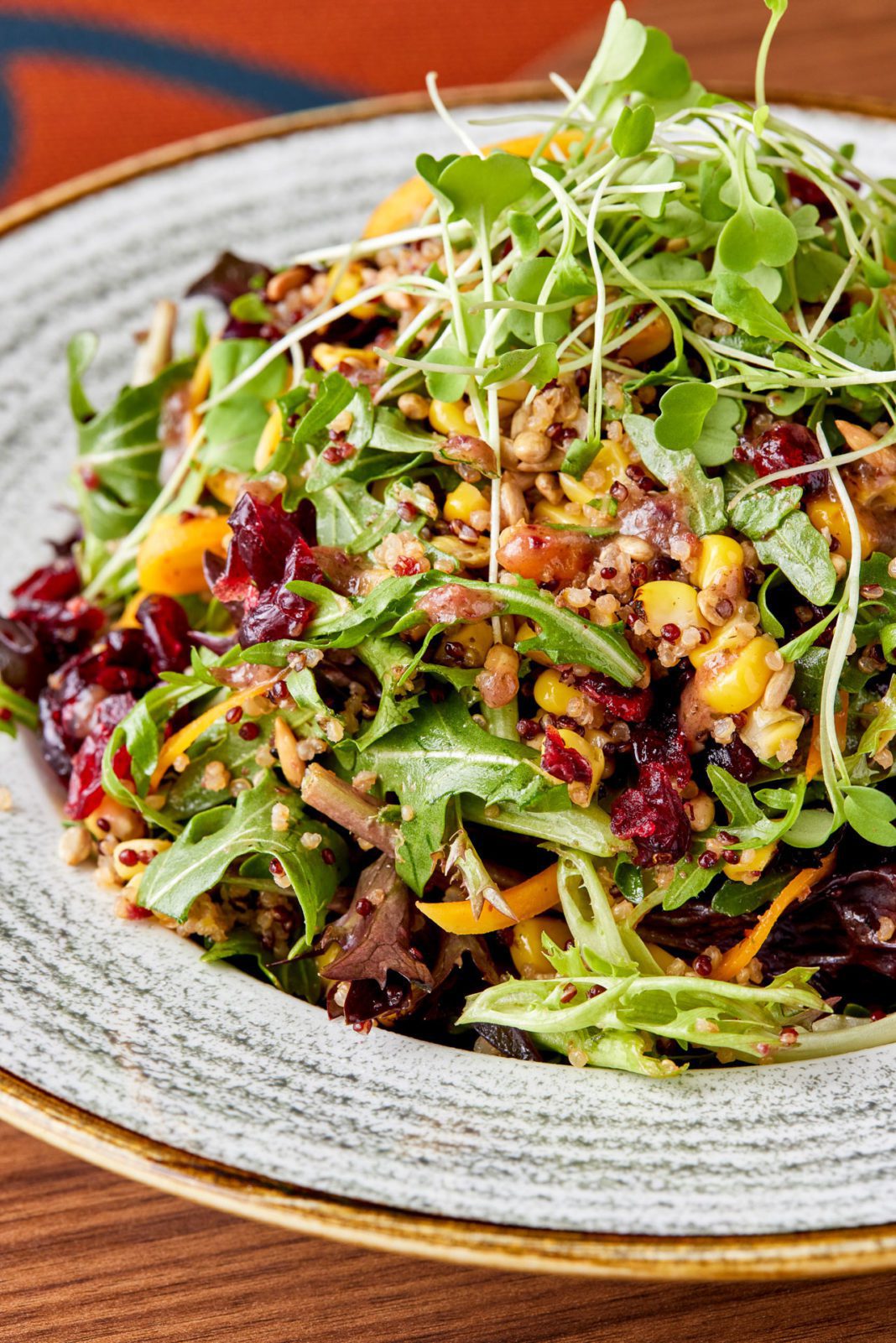Loretta Barrett Oden’s life and work demonstrate the power that food has in connecting us to our cultural heritage. As a chef, lecturer, food historian and member of the Citizen Potawatomi Nation, Oden has made it her mission to celebrate and preserve traditional Indigenous cuisine. Through her work at Thirty Nine Restaurant at OKC’s First Americans Museum, she is protecting the past and inspiring the next generation of chefs.
Oden’s journey in the culinary industry began with her first husband, whose family owned a popular Shawnee barbecue restaurant, Van’s Pig Stand. After moving to OKC and raising her two sons, Oden then decided to “travel some and learn about what native foods are all about.”
Traveling to Tokyo and conducting cooking demonstrations featuring native ingredients was an experience that stayed with her.
“Not only was it a surreal experience with such a large city and so many people, but the people had an absolute fascination with everything Native American,” she says.
Criss-crossing the U.S., Oden spent several years documenting Native American cuisine and its unique regional flavors. She discovered that “full bellies listen well. When everyone has eaten and we are settling back in chairs, it is time to converse and get to know one another.”
She later wrote and hosted a PBS series, Seasoned With Spirit: A Native Cook’s Journey, proving food can be an incredible tool for both connection and storytelling.
In 1993, Oden, together with her son Clay, opened Corn Dance Café in Santa Fe, New Mexico. Unlike other area restaurants that focused on the southwest, the cafe celebrated the diversity of native recipes across North America.
After a decade there, Oden returned to Oklahoma in 2003. Since the inception of the First Americans Museum (FAM) nearly 20 years ago, Oden has lent her passion and expertise surrounding Indigenous food to the project’s leaders. Today, life has come full circle for her at Thirty Nine Restaurant.
She doesn’t “liken this to a swan song, because that sounds too much like an ending. I look forward to bringing together all the work and the endeavors I’ve done over the years, to come back home, and share the food and what I’ve learned with family and friends in Oklahoma.”
As a consulting chef, Oden is involved in all aspects of menu development: “What to cook, how to cook it, the ingredient base, and so on,” she explains. She describes her approach to food as “updated Indigenous cuisine for today, that through food history, can inform diners about who we are – that we are still here, and we have some pretty good food.”
When you look at the 39 tribes that call Oklahoma home, it’s clear they came from every direction, bringing with them diverse cuisine. The menu is an expression of that diversity. The grass-fed bison is sourced from Sayre, Oklahoma’s Benjamin Lee Bison Ranch or, when available, directly from tribes including Cheyenne and Arapaho. Blue corn is featured in the pumpk’n cheesecake’s sugar cookie crust. Corn is the highlight in the popcorn crème brûlée, with flavorful corn stock reduction and popcorn-infused cream.
Plans are underway for a summer teaching garden on the outdoor patio, where children attending FAM camps can learn about eating healthy foods while “playing in the dirt.” Oden is looking to the future and loves working with young minds, “with hopes to plant fresh seeds in those minds,” she says.
Food is a way to connect with the past, and it’s also a way to celebrate the present and the times ahead. Oden hopes to “reacquaint the coming generations with what’s out there and what’s possible for the future.”
Three Sisters Saute with Sage Pesto
1 pound zucchini squash, cut into bite-sizes, or thinly julienned
3 tablespoons olive oil
1 cup heirloom beans, cooked
2 cups fresh or frozen sweet corn, thawed and drained
1 cup chopped ripe Roma tomatoes
1 cup cooked quinoa
1 cup cooked wild rice
Salt to taste
1/3 cup sage pesto, recipe follows
Sage Pesto:
1 cup pine nuts
1 1/2 cups fresh sage leaves, firmly packed
1/2 cup flat-leaf parsley leaves
1/2 cup olive oil
1/4 cup garlic, chopped
1 teaspoon salt
1 lemon juiced
Directions:
Rinse and trim squashes, julienne on a mandoline leaving the skins for a pasta effect, or cut into bite-sized chunks. You can use whole or halved baby squashes or even ribbons of butternut squash.
Heat oil in a large saute pan. Add squash and saute for 1 minute, then in succession, tossing and stirring with each addition, add beans, corn, tomatoes, then the sage pesto ,stirring gently to distribute evenly.
Salt, only if needed, and serve immediately.
Sage pesto:
Toast pine nuts in a dry saute pan or in a 350 degree oven on a sheet pan being careful not to burn. Combine all ingredients in food processor or blender and process until a smooth.


























